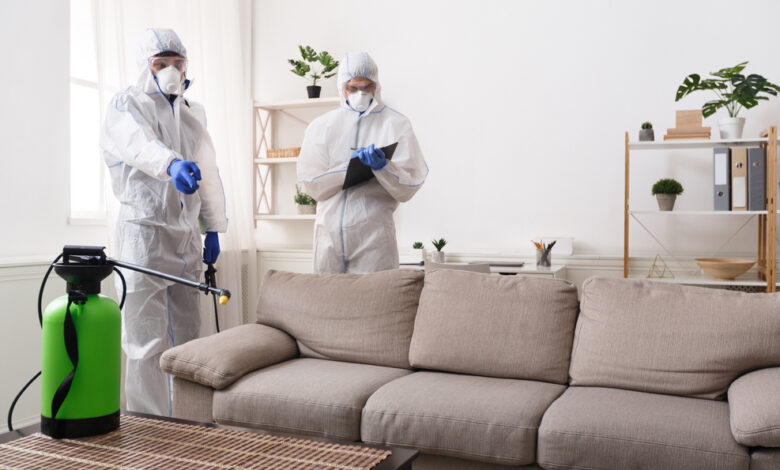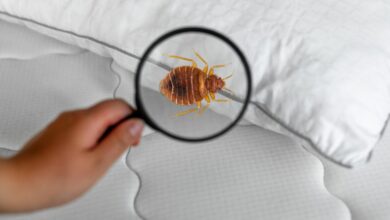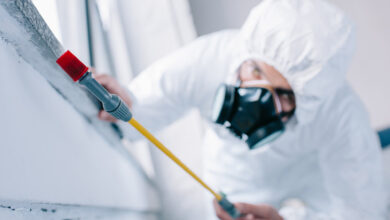Examining the Environmental Footprint of Traditional Pest Control Methods

Hello, my dearest readers. Have you ever wondered what the planet’s ecological balance would look like if we allowed pests to overrun our homes, crops, and green spaces? On the other hand, have you ever stopped to consider the environmental impact of our conventional pest control methods? Well, these weighty questions are what we’ll explore today. In this post, we’ll probe the environmental implications of traditional pest control tactics in depth, and compare them with more eco-friendly alternatives.
Maintaining a balance between human comfort and nature’s integrity often presents us with hard-to-answer questions. As much as pests can cause havoc in our lives, acting as vectors for diseases and causing substantial economic damage, our traditional methods of monopolizing them could be causing substantial harm to Earth’s ecological balance. Let’s dive into a more nuanced understanding.
This post is structured to deliberate on the what, why, how and when of conventional pest control and its impact on our environment. From chemical pesticides to traps and zappers, we’ll walk through their effects on the soil, air, water, and even on non-target organisms. This exploration will help us appreciate the delicate balance needed to manage pests in a sustainable way.
The Whats and Whys of Conventional Pest Control
The primary goal of pest control is to manage pests, with strategies varying depending on the type and severity of infestation. Traditional methods largely rely on chemical agents for their effectiveness. But why do we opt for such pest control methods?
Our attraction to conventional pest control methods often comes from their efficiency. They work fast, and they work well — at least, when it comes to eradicating pests. The predicament lies in their broader implications, which often slip from our purview.
Ecological Backlash from Chemical Pesticides
The chemical pesticides used in conventional pest control can be categorized into two broad types: systemic and residual. But what happens to these chemicals once they’ve served their purpose of pest elimination?
These chemicals, especially the non-biodegradable ones, tend to persist in the environment longer than intended. This leads to bioaccumulation and biomagnification, causing harm to the environment and non-target organisms, disrupting the ecological balance.
Air, Soil, and Water: A Triple Threat
Air, soil, and water pollution are among the environmental impact of conventional pest control methods. So, how exactly do these pesticides contribute to the pollution of these crucial components of the ecosystem?
Numerous studies have documented that pesticide residues can contaminate air, soil, and water. This contamination can adversely affect soil microbes, beneficial insects, water-dwelling organisms, and ultimately, humans.
Impact on Non-Target Organisms
Practically, pest control intends to manage pests and not harm beneficial organisms. But how does conventional pest control impact these non-target organisms?
When the pesticides non-selectively eliminate other life forms apart from the targeted pests, it leads to a disruption of the ecosystem where these non-target organisms play an essential role; from pollinating our food crops to controlling other pests.
Pros and Cons of Conventional Pest Control

Conventional pest control methods are not all negatives. They have their pros, most notably their effectiveness in eradicating pests. However, the cons, mainly their environmental impacts, cannot be disregarded and call for urgent attention.
Alternatives: Eco-friendly Pest Management
It’s time we considered eco-friendly alternatives, as an approach toward sustainable pest management, that are aiming to strike a balance between human comfort and nature’s sustainability.
Efficient pest control must not compromise our environmental responsibilities. There are numerous eco-friendly alternatives, like biological control, habitat manipulation, and the use of biopesticides that align with this principle.
Conclusion: Towards a Sustainable Pest Control Equation
In wrapping up, it’s clear that the conventional pest control methods, while efficient in their main task, are unfortunately causing adverse environmental impacts. These impacts stretch from soil to water, to air, and non-target organisms, disrupting the ecological balance.
This insight should serve as an eye-opener for all of us, from homeowners to farmers, from decision-makers to environmental enthusiasts. It’s time for change, and as we’ve seen, the alternatives exist. Their widespread adoption is what’s needed now, alongside an attitude shift that respects both the nuisances of pests and the need for environmental integrity.
The intricacies of pest control are tightly woven into the broader tapestry of our lives and ecosystems. Here’s to exploring, understanding and acting upon these complexities in more sustainable ways, for the sake of our homes, our health, and our shared planet.



